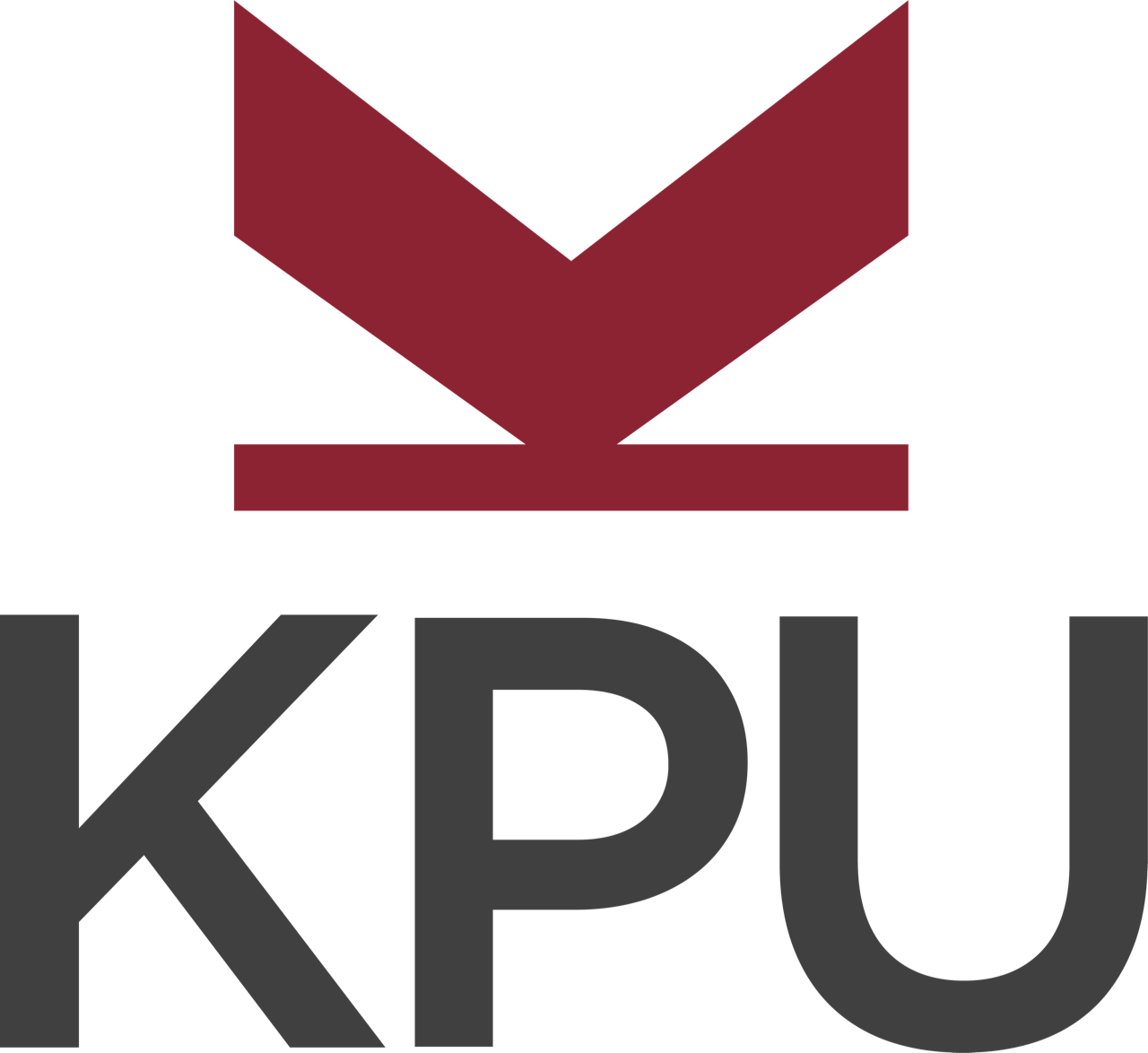Key concepts: Knowledge or Knowledges?
Generally speaking, traditional textbooks and commonly available learning materials reflect and reinforce the European intellectual tradition, and focus heavily on the scientific method as the source of knowledge. For people whose own cultural tradition is reflected in these educational resources, the absence of other perspectives can easily go unnoticed. Moving from a single perspective to multiple perspectives requires critical questioning of whose perspectives are present and absent in the classroom.
The work of Indigenous scholars and the inclusion of Indigenous perspectives in education provides a powerful model for considering the inclusion of multiple perspectives. Marie Battiste, a Mi’kmaq educator, powerfully highlights the role of cognitive imperialism in creating an environment where European perspectives are often the sole perspectives presented; integrating multiple perspectives, particularly Indigenous voices, is a critical part of decolonization.[1]
In the video below, Rick Hill provides a thought-provoking perspective on the integration of the Western and Indigenous traditions.[2]
Video transcript
On the practical side, I have to believe the power our ideas was so great you couldn’t live near us and not be affected by it. Listen, look at 17th century Christians are very different from Christians in the 21st century, a part because of their contact with indigenous people of the Americas. And we’ve we’ve forced some changes and we’re still trying to getting that church to address some of its issues, but it’s very different.
Well, philosophy is different. I mean John Locke and Rousseau all of these guys who looked thought and reflected back on this big meaning. So maybe the things that they saw in us were so inspiring that they took it and made it of them. Now maybe in their ethnocentric arrogance, “we can be better indigenous people than the indigenous people”, but whatever they took it in it shifted their thinking.
Say like something as simple as confederation. There was of these models in Europe you know and but democracy wasn’t breaking out in France and in England. Well then they came here though and saw what they thought was free thinking people a democratic voice. Women and men, and children old people all had a significant role. This was stunning to a society that was so structured that it shook the foundations of their thought. All of a sudden they found out a man’s home wasn’t his castle; the longhouse belongs to the women. So it changed, I believe, the way in which Europeans thought about themselves.
Now but because of that there was also this resentment for the people who had it and that resentment then led to a whole lot of a conflict, dispossession and regret. And I daresay you look at American literature in particular, but maybe also Canadian literature, you will sense some of this regret, this longing this lo the poor Indian, this kind of fantasizing and the real romanticizing of our nobility in death. So when you when you see that people are longing to connect and I think there’s a very good connection here.
When you look at at least when I was younger, you could say that one of the foundations of Canadian Society was its respect for the land, people are connected to the land. It’s as simple as you know everybody had to have a cottage and people go canoeing, camping, there was this this thing. And so where do they learn that thing? Well, for centuries we’ve been working together on the landscape, be it in the fur trade the warpath, but this connection.
And one thing I think I learned in moving to Canada after living in New York was that it was a profound family connection the loyalists and the Haudenosaunee were family, they weren’t political allies and the intermarriage that took place so that when Joseph Brant start getting all these blocks of land. Who was he giving it to? The white men who had Mohawk wives. And so, who was running the Indian department? People who had this connection, Sir William Johnson. So when you when you realize that, it gets so encoded in your thinking, both the fantasy and the regret, it changes the way you think.[3]
In addition to Indigenous perspectives, other content that highlights the full spectrum of the world’s cultural diversity is needed to create truly intercultural classrooms. What steps can faculty take to enhance the learning experience through a wider range of content, perspectives, and viewpoints?
Strategies for creating, using, and incorporating resources with diverse perspectives
- Explore the possibilities offered by Open Pedagogies to create new educational resources that incorporate your students’ own cultural knowledges. For example, students could:
- Add content to an existing open textbook that incorporates knowledge from their own cultural contexts.
- Provide an English language summary of key articles published in other languages they use.
- Collaboratively create an educational resource to be used by future students that includes the application of key course concepts to multiple cultural contexts.
- Analyze current textbooks and course materials with thoughtful consideration of the perspectives represented. The dominant perspective of the text can be made explicit to students, with the invitation to consider what perspectives they might add to the discussion.[4]
- Incorporate readings, videos, and other media that explore non-dominant cultural perspectives.
| Additional Resources |
| Open Pedagogy: KPU resources and professional learning opportunities on open pedagogical practices. |
- Battiste, M. A. (2015). Decolonizing education: nourishing the learning spirit. Saskatoon: Purich Publ. Limited. ↵
- Rick Hill: Can we rethink the relationship between European and Indigenous knowledges? (2014). [Youtube]. Retrieved from https://www.youtube.com/watch?v=S7K43Hs3ngk ↵
- Different Knowings. (2014, August 21). Rick Hill: Can we rethink the relationship between European and Indigenous knowledges? [Video file]. Retrieved from https://www.youtube.com/watch?v=S7K43Hs3ngk ↵ ↵
- Gay, G. (2013). Teaching to and through cultural diversity. Curriculum Inquiry, 43(1), 48–70. https://doi.org/10.1111/curi.12002 ↵

